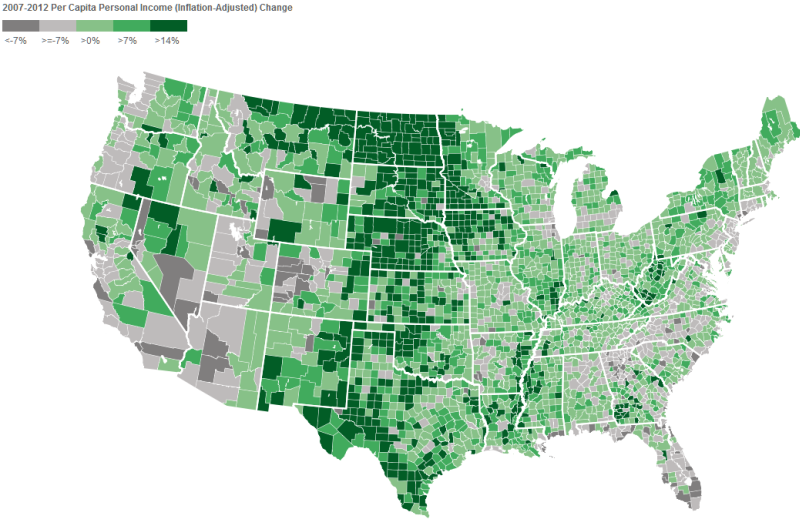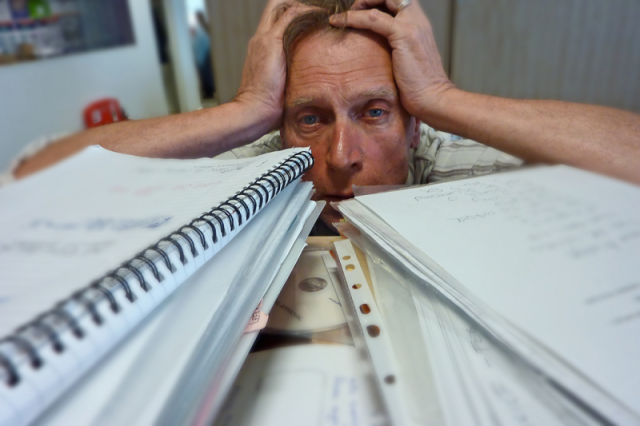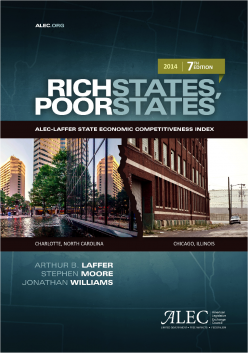The story of rancher Cliven Bundy has captured an abundance of media attention and attracted supporters from across the West, who relate to the struggle against the federal management of lands. Bundy’s sister, Susan, was asked: “Who’s behind the uproar?” She blamed the Sierra Club, then Senator Harry Reid (D-NV), and then President Obama. She concluded her comments with: “It’s all about control”—a sentiment that is frequently expressed regarding actions taken in response to some endangered-species claim.
An Associated Press report describes Bundy’s battle this way: “The current showdown pits rancher Cliven Bundy’s claims of ancestral rights to graze his cows on open range against federal claims that the cattle are trespassing on arid and fragile habitat of the endangered desert tortoise.”
Bundy’s story has been percolating for decades—leaving people to question why now. The pundits are, perhaps, missing the real motive. To discover it, you have to dig deep under the surface of the story, below the surface of the earth. I posit: it is all about oil and gas.
On April 10, the Natural News Network posted this: “BLM fracking racket exposed! Armed siege and cattle theft from Bundy ranch really about fracking leases.” It states: “a Natural News investigation has found that BLM is actually in the business of raking in millions of dollars by leasing Nevada lands to energy companies that engage in fracking operations.”
This set off alarms in my head; it didn’t add up. I know that oil-and-gas development and ranching can happily coexist. Caren Cowan, executive director of the New Mexico Cattle Growers Association, told me: “The ranching and oil-and-gas communities are the backbone of America. They are the folks who allow the rest of the nation to pursue their hearts’ desire secure in the knowledge that they will have food and energy available in abundant supply. These natural resource users have worked arm-in-arm for nearly a century on the same land. They are constantly developing and employing technologies for ever better outcomes.”
The Bureau of Land Management (BLM) wouldn’t be enduring the humiliating press it has received, as a result of kicking Bundy off of land his family has ranched for generations and taking away his prior usage rights, just to open up the land for oil-and-gas—the two can both be there.
The Natural News “investigation” includes a map from the Nevada Bureau of Mines and Geology that shows “significant exploratory drilling being conducted in precisely the same area where the Bundy family has been running cattle since the 1870s.” It continues: “What’s also clear is that oil has been found in nearby areas.”
Nevada is not a top-of-mind state when one thinks about oil and gas. Alan Coyner, administrator for the Nevada Division of Minerals, describes his state: “We are not a major oil-producing state. We’re not the Saudi Arabia of the U.S. like we are for gold and geothermal production.”
The Las Vegas Review Journal reports: “When it comes to oil, Nevada is largely undiscovered country…. fewer than 1,000 wells have been drilled in the state, and only about 70 are now in production, churning out modest amounts of low-grade petroleum generally used for tar or asphalt. Since an all-time high of 4 million barrels in 1990, oil production in Nevada has plummeted to fewer than 400,000 barrels a year. More oil is pumped from the ground in one day in North Dakota—where the fracking boom has added more than 2,000 new wells in recent years—than Nevada produced in 2012.”
But Nevada could soon join the ranks of the states that are experiencing an economic boom and job creation due to oil-and-gas development. And, that has got to have the environmental groups, which are hell-bent on stopping it, in panic mode. Until now, their efforts in Nevada have been focused on blocking big solar development.
A year ago, the BLM held an oil-and-gas lease sale in Reno. At the sale, 29 federal land leases, totaling about 56 square miles, were auctioned off, bringing in $1.27 million. One of the winning bidders is Houston-based Noble Energy, which plans to drill as many as 20 exploratory wells and could start drilling by the end of the year. Commenting on its acreage, Susan Cunningham, Noble senior vice president, said: “We’re thrilled with the possibilities of this under-explored petroleum system.”
The parcels made available in April 2013 will be developed using hydraulic fracturing, about which Coyner quipped: “If the Silver State’s first big shale play pays off, it could touch off a fracking rush in Nevada.” Despite the fact that fracking has been done safely and successfully for more than 65 years in America, the Center for Biological Diversity’s (CBD) Nevada-based senior scientist, Ron Mrowka, told the Las Vegas Review Journal: “Fracking is not a good thing. We don’t feel there is a safe way to do it.”
The BLM made the leases available after someone, or some company, nominated the parcels, and the process to get them ready for auction can easily take a year or longer. One year before the April 2013 sale, CBD filed a “60-day notice of intent to sue” the BLM for its failure to protect the desert tortoise in the Gold Butte area—where Bundy cattle have grazed for more than a century.
Because agencies like the BLM are often staffed by environmental sympathizers, it is possible that CBD was alerted to the pending potential oil-and-gas boom when the April 2013 parcels were nominated—triggering the notice of intent to sue in an attempt to lock up as much land as possible before the “fracking rush” could begin.
 A March 25, 2014, CBD press release—which reportedly served as the impetus for the current showdown—states: “Tortoises suffer while BLM allows trespass cattle to eat for free in Nevada desert.” It points out that the Clark County Multiple Species Habitat Conservation Plan purchased and then retired grazing leases to protect the endangered tortoise.
A March 25, 2014, CBD press release—which reportedly served as the impetus for the current showdown—states: “Tortoises suffer while BLM allows trespass cattle to eat for free in Nevada desert.” It points out that the Clark County Multiple Species Habitat Conservation Plan purchased and then retired grazing leases to protect the endangered tortoise.
Once Bundy’s cattle are kicked off the land to protect the tortoise, the precedent will be set to use the tortoise to block any oil-and-gas development in the area—after all environmentalists hate cattle only slightly less than they hate oil and gas. Admittedly, the April 13 leases are not in the same area as Bundy’s cattle, however, Gold Butte does have some oil-and-gas exploration that CBD’s actions could nip in the bud.
Intellihub reports: “The BLM claims that they are seizing land to preserve it, for environmental protection. However, it is obvious that environmental protection is not their goal if they are selling large areas of land to fracking companies. Although the land that was sold last year is 300 and some miles away from the Bundy ranch, the aggressive tactics that have been used by federal agents in this situation are raising the suspicion that this is another BLM land grab that is destined for a private auction.”
The Natural News Network also sees that the tortoise is being used as a scapegoat: “Anyone who thinks this siege is about reptiles is kidding themselves.” It adds: “‘Endangered tortoises’ is merely the government cover story for confiscating land to turn it over to fracking companies for millions of dollars in energy leases.” The Network sees that it isn’t really about the critters; after all, hundreds of desert tortoises are being euthanized in Nevada.
Though the Intellihub and Natural News Network point to the “current showdown” as being about allowing oil-and-gas development, I believe that removing the cattle is really a Trojan horse. The tortoise protection will be used to block any more leasing.
On April 5, 2014, CBD sent out a triumphant press release announcing that the “long-awaited” roundup of cattle had begun.
What I am presenting is only a theory; I am just connecting some dots. But over-and-over, an endangered or threated species or habitat is used to block all kinds of economic development. A few weeks ago, I wrote about the lesser prairie chicken and the huge effort ($26 million) a variety of industries cooperatively engaged in to keep its habitat from being listed as threatened. The effort failed and the chicken’s habitat was listed. In my column on the topic, I predicted that these listings were likely to trigger another sage brush rebellion that will challenge federal land ownership. The Bundy showdown has brought the controversy front and center.
 For now, southern Nevada’s last rancher has won the week-long standoff that has been likened to Tienanmen Square. Reports state that “the BLM said it did so because it feared for the safety of employees and members of the public,” not because it has changed its position.
For now, southern Nevada’s last rancher has won the week-long standoff that has been likened to Tienanmen Square. Reports state that “the BLM said it did so because it feared for the safety of employees and members of the public,” not because it has changed its position.
While this chapter may be closing, it may have opened the next chapter in the sagebrush rebellion. The Bundy standoff has pointed out the overreach of federal agencies and the use of threatened or endangered species to block economic activity.

The author of Energy Freedom, Marita Noon serves as the executive director for Energy Makes America Great Inc. and the companion educational organization, the Citizens’ Alliance for Responsible Energy (CARE). Together they work to educate the public and influence policy makers regarding energy, its role in freedom, and the American way of life. Combining energy, news, politics, and, the environment through public events, speaking engagements, and media, the organizations’ combined efforts serve as America’s voice for energy.





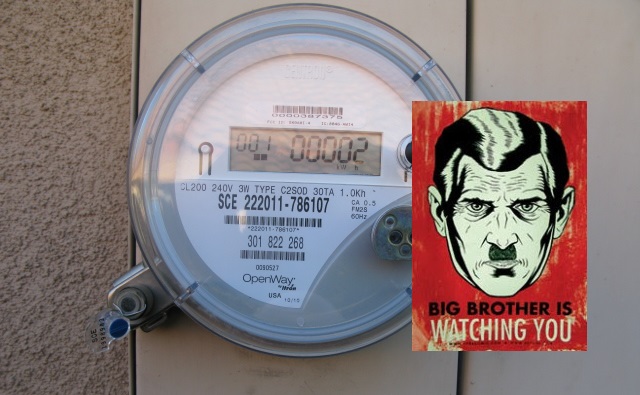







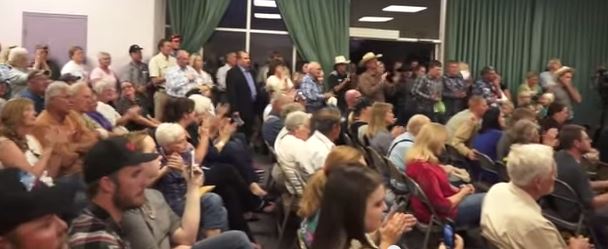


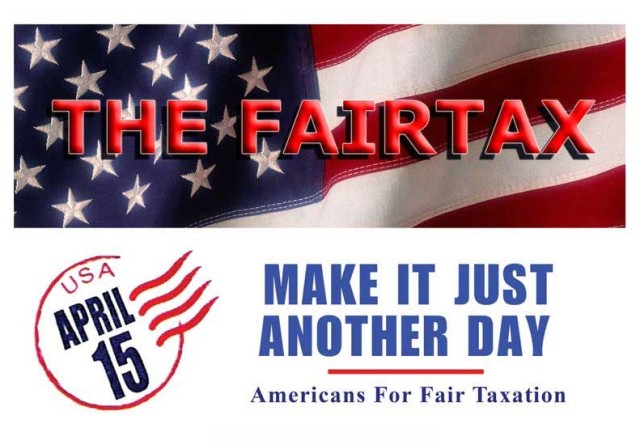

 Hearty thanks to Jim and fellow FairTax volunteers John Depue, Frank Wagener, Kenneth Smith and Maxine Rodowicz for working so hard to make the event happen!The FairTax In the Media
Hearty thanks to Jim and fellow FairTax volunteers John Depue, Frank Wagener, Kenneth Smith and Maxine Rodowicz for working so hard to make the event happen!The FairTax In the Media

